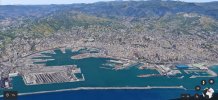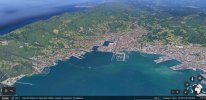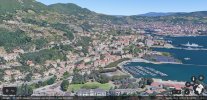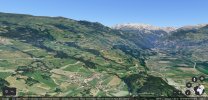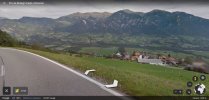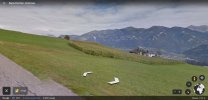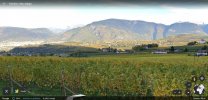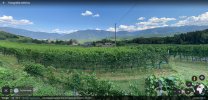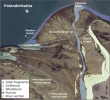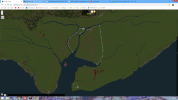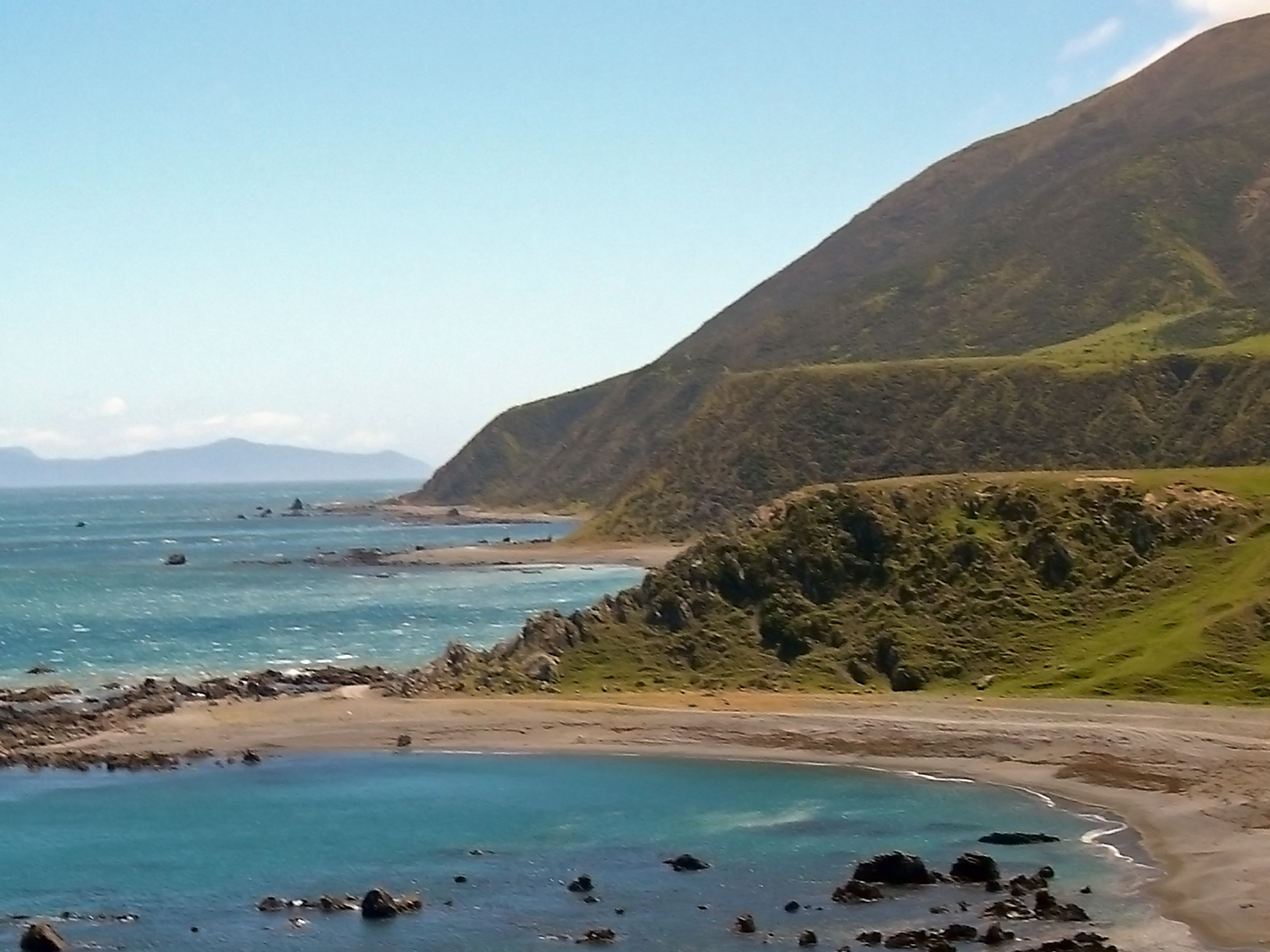Hey everyone,
To close off Vale week, I'd like to open up a discussion about the terraforming of the Gulltown peninsula (on which both Gulltown and Runestone are situated) and try to crowdsource some ideas. It's no secret that I'm interested in a Southeast Vale megaproject encompassing this region, and will hopefully be putting together an app relatively soon.
I view the city of Gulltown as being very much "terrain-driven", in the sense that we have an opportunity to make the city unique by incorporating some rugged terrain into the design and layout of the city itself, differentiating it from the other mostly flat cities. I don't interpret this as necessarily meaning mountains and sheer cliffs on the peninsula (like the current version), but there are still many opportunities for creating a craggy and hilly peninsula. In any case, I think it makes sense to first figure out a "geological story" for the peninsula, terraform the peninsula, and then let the city design flow from there (the terra, of course, can be revised as necessary at that point).
As far as canon is concerned, the only geographical description I've been able to find is that Gulltown "possessed a fine and formidable natural harbor", possibly implying some sort of headland/bay landform along the peninsula.
Personally, I'm attracted to the idea of removing the mountains in the current version, while raising the base of the peninsula to create large fjord-like cliffs. Smaller valleys and streams can be added to the cliffs to create the hilly/terraced terrain for the city and its surrounds.
I'll update this thread in the future as I come up with more concrete ideas/sketches, but anyone else is welcome to share their ideas as well.
To close off Vale week, I'd like to open up a discussion about the terraforming of the Gulltown peninsula (on which both Gulltown and Runestone are situated) and try to crowdsource some ideas. It's no secret that I'm interested in a Southeast Vale megaproject encompassing this region, and will hopefully be putting together an app relatively soon.
I view the city of Gulltown as being very much "terrain-driven", in the sense that we have an opportunity to make the city unique by incorporating some rugged terrain into the design and layout of the city itself, differentiating it from the other mostly flat cities. I don't interpret this as necessarily meaning mountains and sheer cliffs on the peninsula (like the current version), but there are still many opportunities for creating a craggy and hilly peninsula. In any case, I think it makes sense to first figure out a "geological story" for the peninsula, terraform the peninsula, and then let the city design flow from there (the terra, of course, can be revised as necessary at that point).
As far as canon is concerned, the only geographical description I've been able to find is that Gulltown "possessed a fine and formidable natural harbor", possibly implying some sort of headland/bay landform along the peninsula.
Personally, I'm attracted to the idea of removing the mountains in the current version, while raising the base of the peninsula to create large fjord-like cliffs. Smaller valleys and streams can be added to the cliffs to create the hilly/terraced terrain for the city and its surrounds.
I'll update this thread in the future as I come up with more concrete ideas/sketches, but anyone else is welcome to share their ideas as well.








